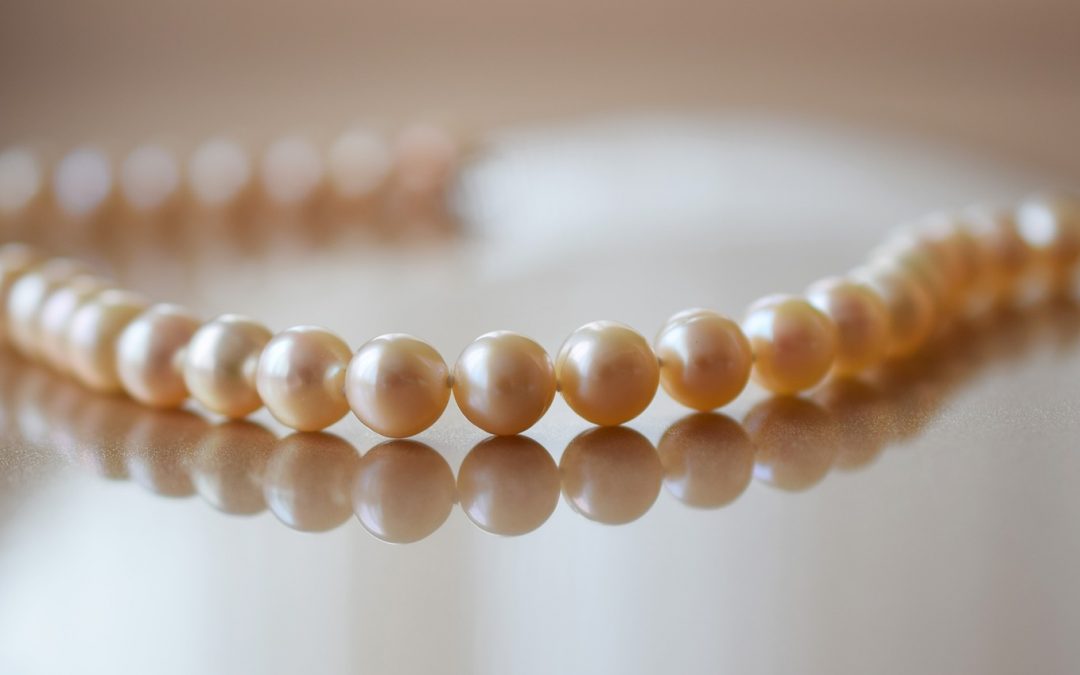
CHASING STRANDS OF PEARLS
Lela pointed out the story of Meri Shervashidze telling me that she was the first model to walk the catwalk with a string of pearls for Chanel and that she stood out for the sophisticated style and way of giving beauty as you can see here where Lela added a tag for me:
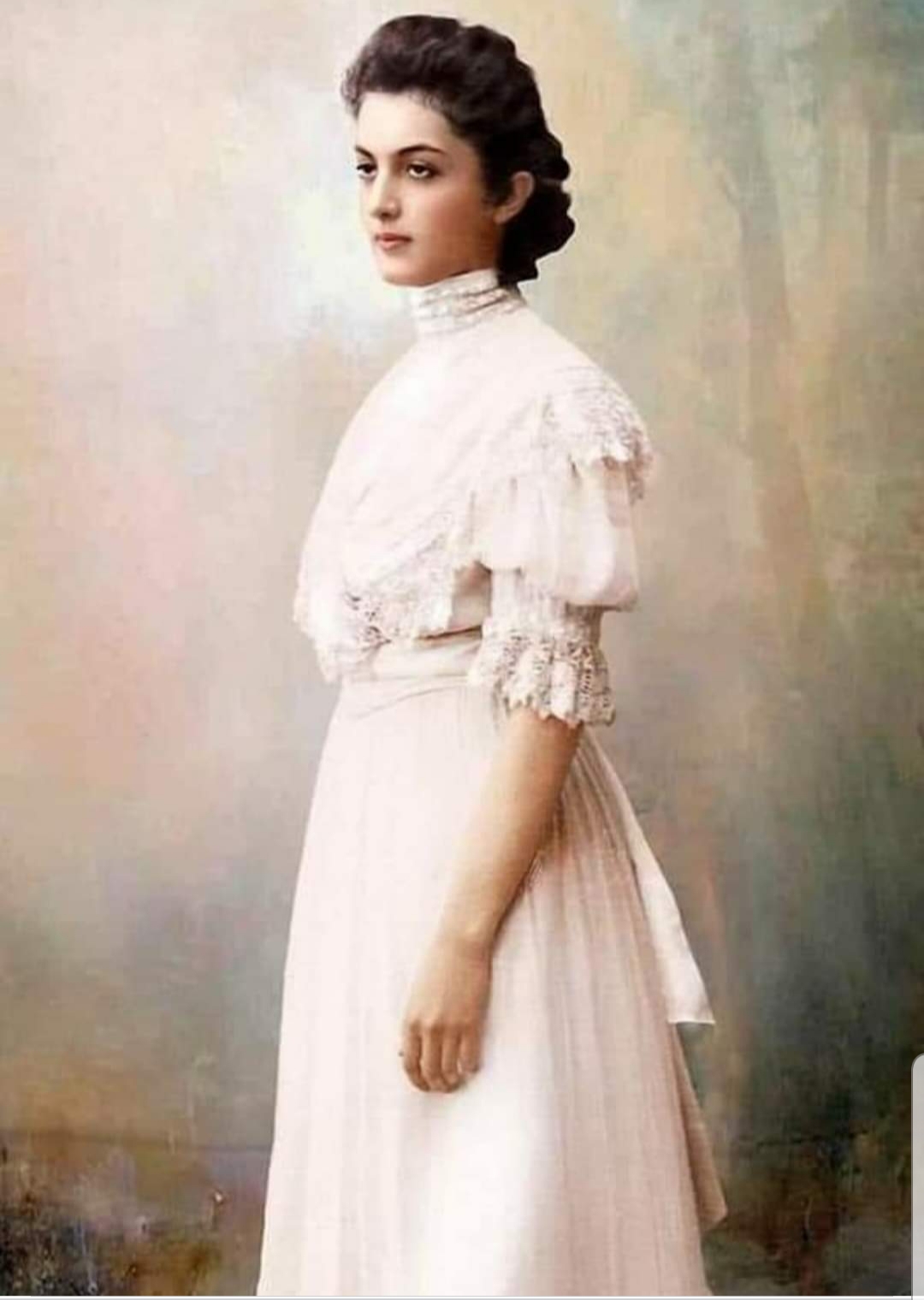
A very beautiful story that must be told, since I believe it is not sufficiently known.
Unfortunately, there is little information about her: for example, I tried to search through official Chanel websites but I could not find anything.
Maybe you can be better than me.
According to Vogue, Gabrielle “Coco” Chanel herself was photographed in conversation with the Grand Duke Dmitri Pavlovich of Russia, wearing her pearl necklaces in 1920.
So a year before Meri arrived in Paris.
But let’s take a step back: Meri Shervashidze was born in 1888 in Batumi and descends from the family of the sovereign prince of Abkhazia.
Abkhazia and South Ossetia are other from Tbilisi and from the rest of Georgia as the Observatory tells us but you Lela correct me if I’m wrong.
When she was still a young girl, the family moved to St. Petersburg where Meri became the empress’s maid of honor.
In 1918 the wedding with Gigusha Eristavi, here there is a small family tree.
At the sunset of Georgian independence, and shortly before the arrival of the Bolsheviks, Meri embarks directly to Paris, stopping in Constantinople in Turkey where she participates in a beauty contest, winning it.
Arrived in the Ville Lumière, Meri settled in Rue de la Tour, sixteenth arrondissement, near Bois de Boulogne and it seems it was the aforementioned Grand Duke Dmitri Pavlovich who introduced her to Coco.
Paris in those years frames a particular type of beauty, so much so that the writer Alexander Vasilyev wrote a book: “Beauty in Exile” or artists, models and nobility who fled the Russian revolution and influenced the world of fashion.
Meri’s style and elegance do not go unnoticed: Saveli Sorin paints her portrait which is located in the palace of the Prince of Monaco.
Meri is also photographed by Man Ray but emblematic is the meeting with Galaktion Tabidze in 1935 because it is believed that her compositions in Georgian are dedicated to her although some publications are earlier .
Here you can listen to the poem in the original language, personally it strikes me to hear the name “Meri” which by now in the light of this path to find its traces, for me it has assumed the typical aura of women who have been able to leave a mark.
And because elegance comes from within, Meri Shervashidze spent the last years of her life in a nursing home preserving beauty, nobility and majesty until the last day of her life, at the age of 97.
She is buried with her husband in the Saint Genevieve des Bois cemetery.
I remember the period in which I listened to Destini incrociati – Fates crossed and I find the story of Meri could be told in this way, even if I later found that Giacomo Zito and his collaborators have paired Coco Chanel with Luchino Visconti
we can always make a new episode, or not?
And asking ourselves what “we can do”… I would say that we rather cannot talk about elegance and strings of pearls without mentioning her.
Here the post with the iconic Breakfast at Tiffany’s scene.
And you, do you have other strings of pearls to chase?

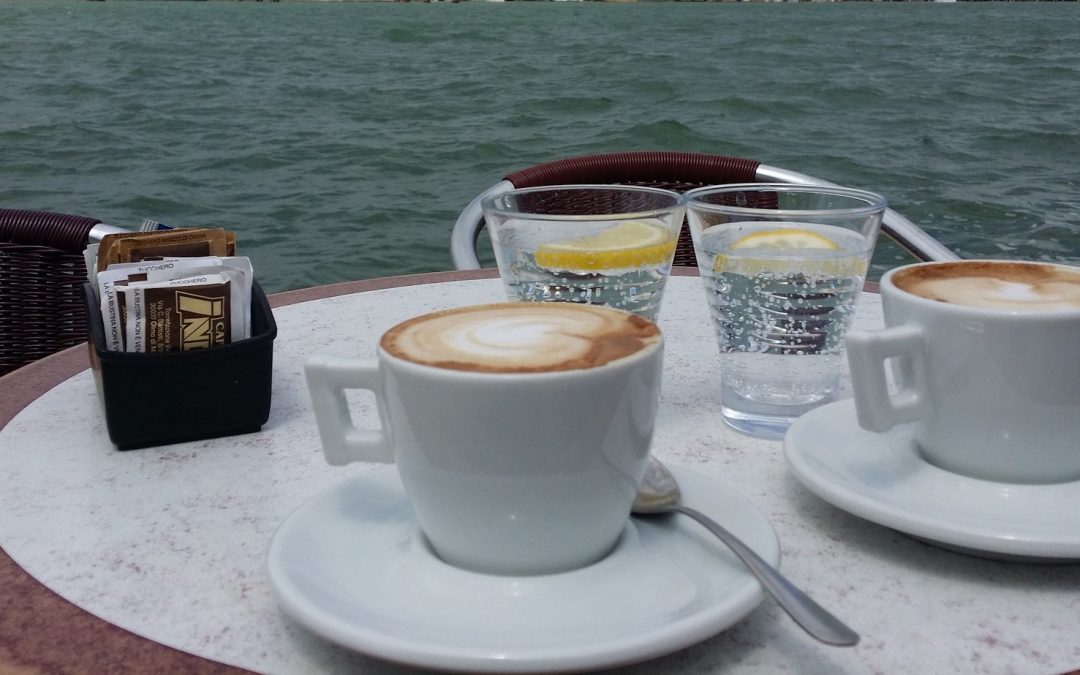
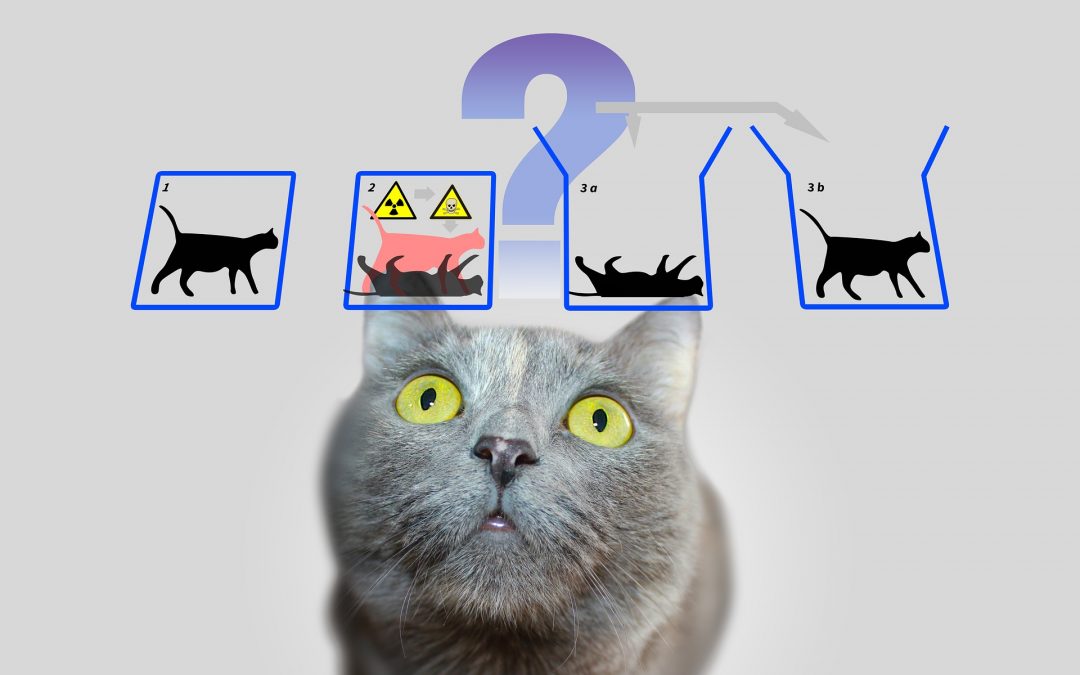
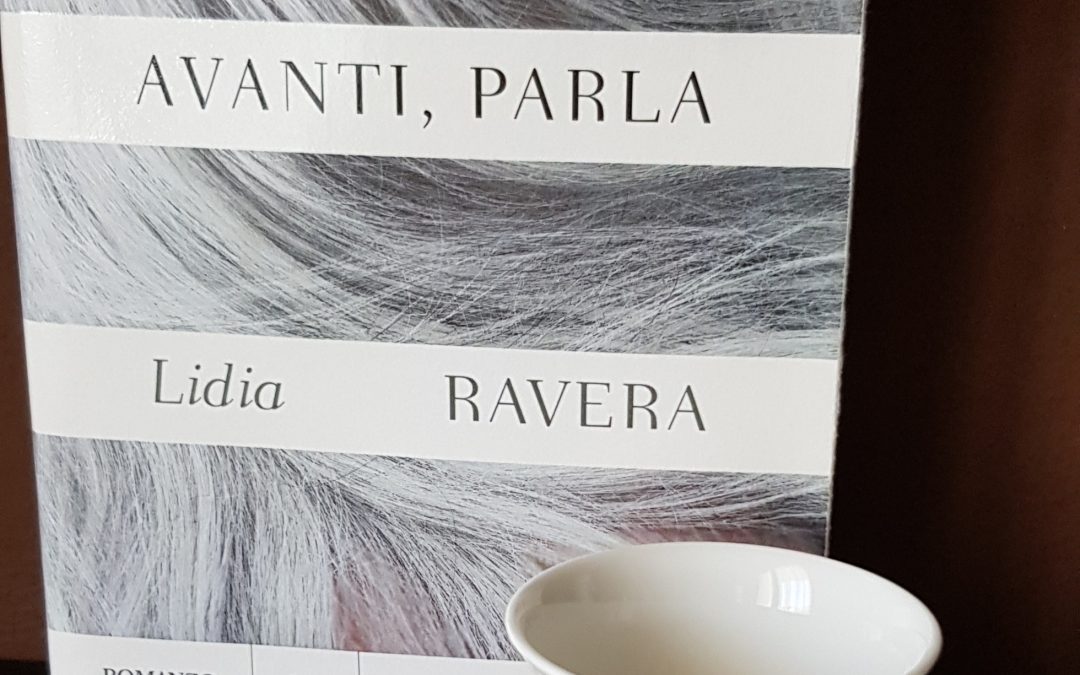


 Hi I'm Claudia and this is KCDC.
Hi I'm Claudia and this is KCDC.
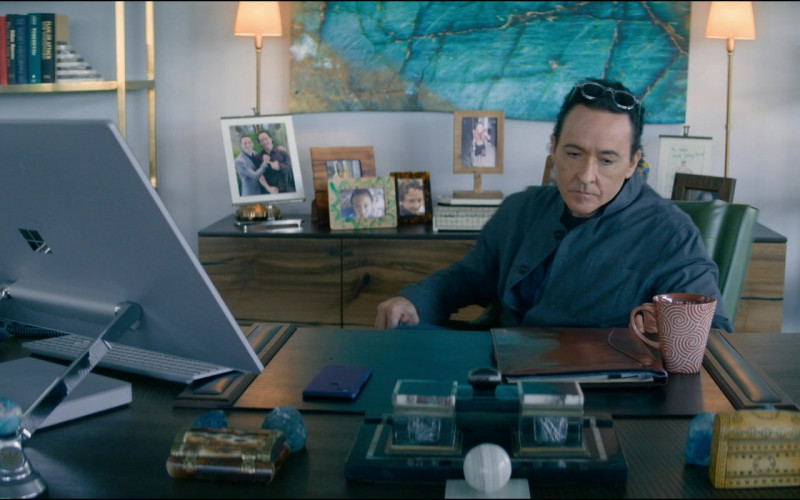



OPINIONI